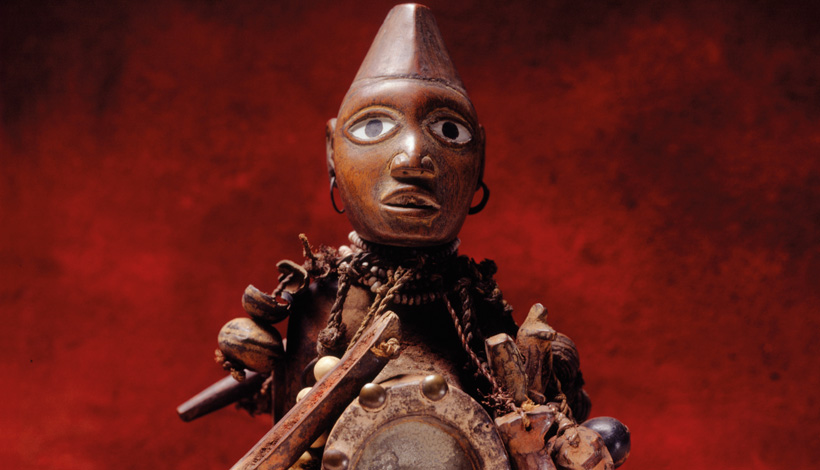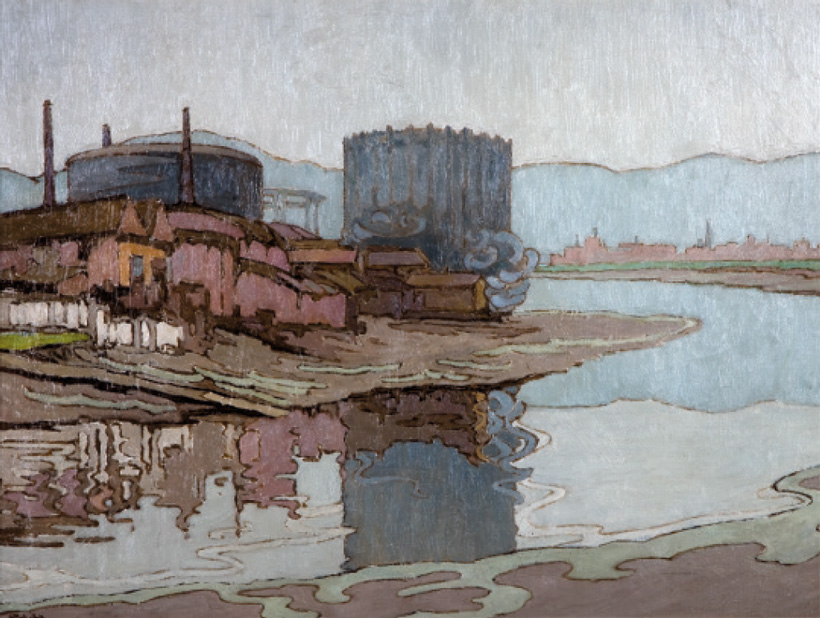Using traditional materials and methods that link her to earlier portrait artists, Emma Stroude has become this year’s Ireland-U.S. Council/Irish Arts Review Portraiture Award winner, writes Angela Griffith

Some of the most compelling and enduring examples of Western art are portraits of young women. We attempt to understand those represented, knowing that, in the main, they faced a future that was predetermined by others. Within patriarchal societies, the role of women is primarily one of service. They act as nurturers, carers, spouses, lovers, political pawns, objects of desire and muses. The faces rendered in masterworks such as Petrus Christus’ Portrait of a Young Girl (c. 1470), Leonardo da Vinci’s Ginevra de’ Benci (1470s) and Vermeer’s Study of a Young Woman (c. 1665), painted some 200 hundred years after the aforementioned Renaissance masters, are remarkable in a manner that transcends time. We are drawn to their stoical veneers, their poise and maturing beauty. Yet a childlike vulnerability remains, which reminds us of their humanity.


Peter Somerville-Large recounts the history of the National Museum of Ireland’s significant ethnographic collection, last displayed over thirty years ago

Eileen Black recounts the life and work of Post-Impressionist painter, Georgina Moutray Kyle
